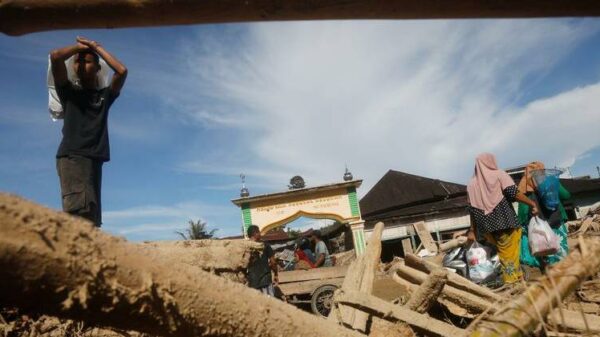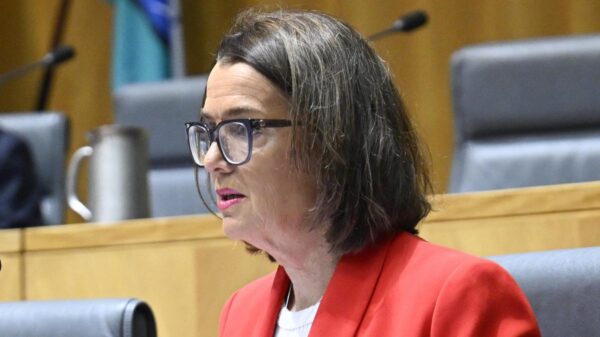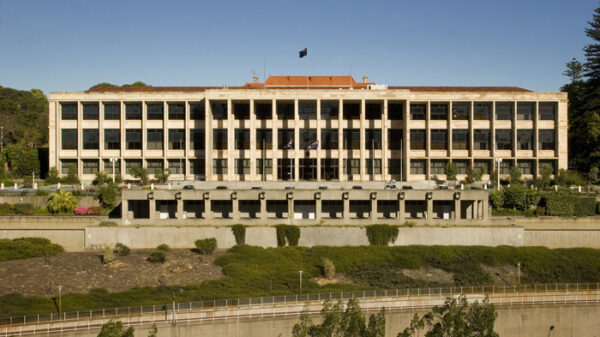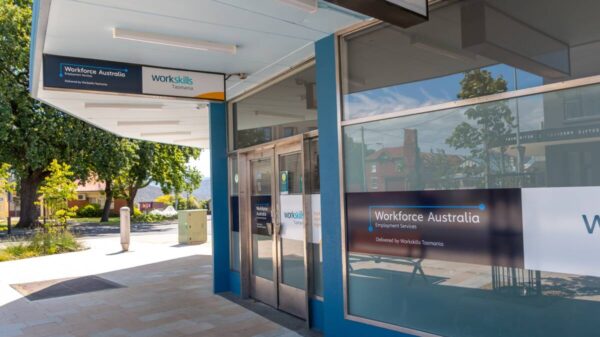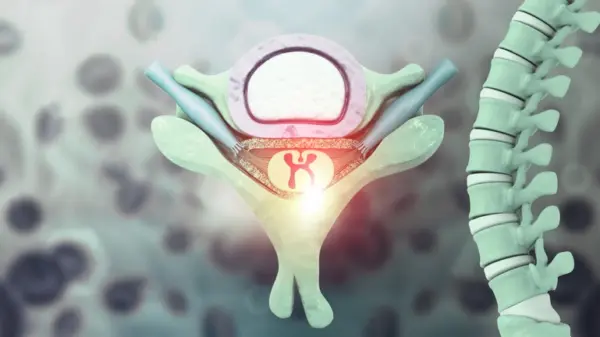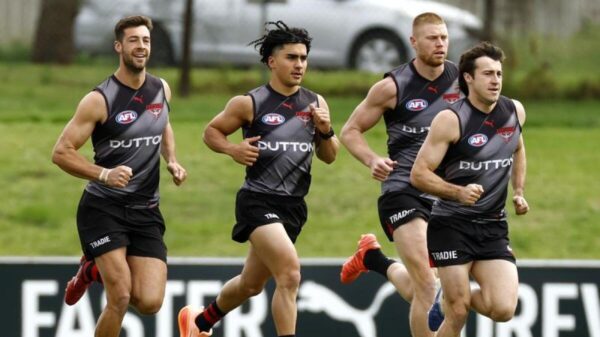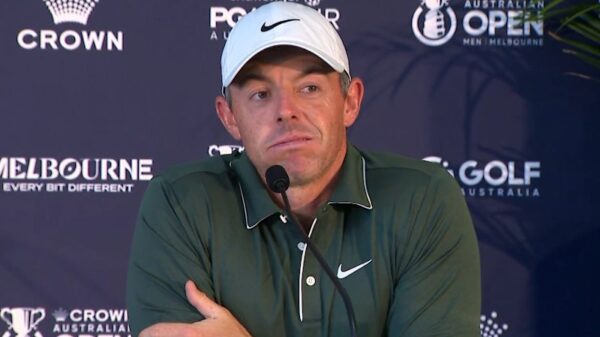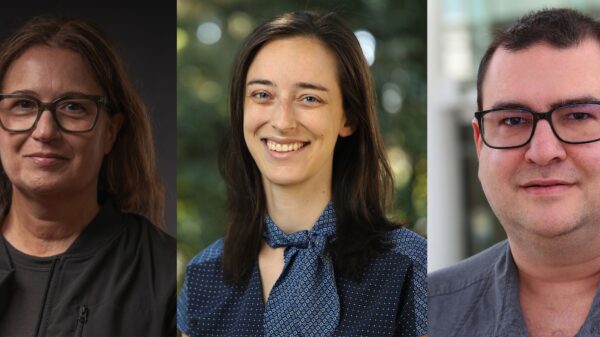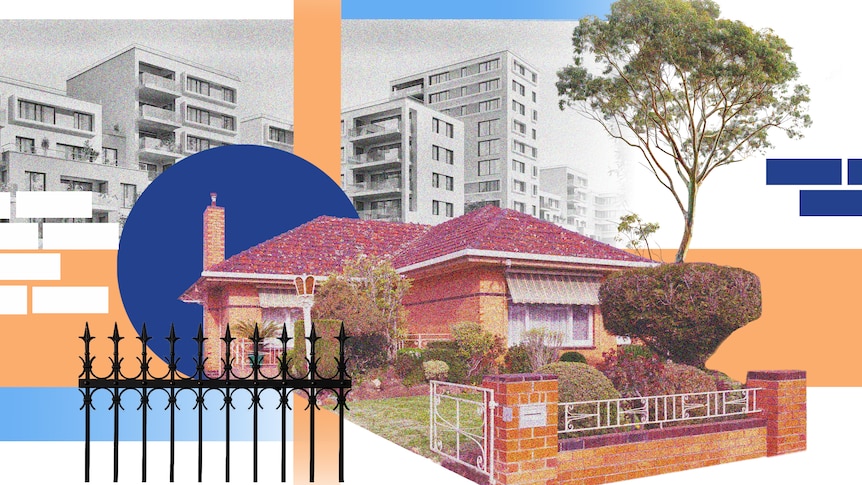The ongoing debate over housing development in Australia has intensified as the Yes In My Backyard (YIMBY) movement pushes for denser cities and increased housing availability. At a recent forum in Sydney’s eastern suburbs, residents expressed their frustrations regarding new apartment constructions in affluent areas, highlighting concerns about traffic congestion, infrastructure strain, and environmental impact. The clash between YIMBY advocates and Not In My Backyard (NIMBY) residents represents a significant front in the national housing crisis.
On a chilly night in June, dozens of residents gathered at the Double Bay Bowling Club to voice their apprehensions. Many participants, bundled in navy coats, voiced concerns that new developments would disrupt their community’s character and quality of life. One local homeowner lamented about a proposed six-story apartment complex, describing it as a “monstrosity” that would block sunlight. Another expressed worries about the environmental consequences of construction runoff affecting the harbour where children sail.
This gathering is part of a broader resistance against the Albanese government’s ambitious plan to deliver 1.2 million homes across Australia by June 2029. Prime Minister Anthony Albanese recently acknowledged the challenges of housing development in Australia, admitting that it is “too hard” and committing to reducing regulatory hurdles to stimulate supply. While many residents object to new developments, there is a growing movement advocating for “housing abundance.”
Support for a “liberalism that builds” is gaining traction globally, driven by the popularity of a book that challenges progressive politics to focus on housing supply solutions. Jim Chalmers, the Treasurer, and Clare O’Neil, the Housing Minister, have both referenced this text, emphasizing a commitment to address decades of housing shortfalls. O’Neil stated, “So many of the housing issues people face are solved by improving our ability to build more homes at scale.”
In New South Wales, the government is attempting to facilitate more housing by overriding council restrictions, particularly in areas near public transport. According to CoreLogic, approvals for higher-density housing have increased, with only three of those located in Sydney’s eastern suburbs.
Local state member and forum host Kellie Sloane engaged attendees by asking how many had been contacted by real estate agents, prompting a sea of hands to rise. One resident from Rose Bay shared her anxiety over potential displacement from her home, exacerbated by the rising value of surrounding properties, such as one that recently sold for $16 million.
The demographic of NIMBYs tends to be older homeowners who resist any changes that could affect their property values. This trend is echoed in Brisbane, where Travis Jordan from the YIMBY group Greater Brisbane noted that historical reactions to development were shaped by past corruption scandals involving politicians and developers.
Recent statistics reveal that the average house price in Australia has surpassed $1 million, making homeownership increasingly unattainable. Reports indicate that by the end of 2024, half of the median household income will be required to service a new mortgage. Meanwhile, rental vacancy rates remain low, forcing many to allocate over 33 percent of their income to cover lease expenses.
In the context of these challenges, Jordan emphasized that the climate crisis is also a housing crisis. He argues that Queensland’s planning laws, established in response to past mismanagement, now hinder necessary developments. He highlighted the urgent need for climate-resilient housing solutions that cater to the state’s growing population.
While NIMBY opposition often revolves around preserving community character or environmental concerns, many conservationists support the YIMBY movement. A 2023 report from a local council indicated that urban sprawl endangers biodiversity and liveability, particularly in regions expected to see population growth.
Despite these pressing issues, YIMBY advocates face mixed responses from political representatives, including members of the Greens party. In Sydney, some Greens councillors have voted against high-density developments, citing concerns over the proportion of public housing. Nonetheless, recent announcements indicate that the New South Wales government plans to transform a site into 577 apartments, with a portion allocated for essential workers at reduced rates.
The debate continues as YIMBYs argue that increasing housing supply is essential for affordability. They draw parallels to Auckland, where reforms aimed at allowing more housing types have resulted in increased construction. Research suggests that every 1 percent increase in housing supply could lead to a 2.5 percent decrease in prices.
Critics of the YIMBY movement argue that simply increasing supply may not address the underlying issues driving housing prices. Suggestions have been made to reconsider tax breaks and encourage policies that promote the availability of homes for residents rather than investment portfolios.
As the housing crisis deepens, the dialogue between YIMBY and NIMBY factions is likely to shape Australia’s urban landscape. With rising public awareness and advocacy for diverse housing solutions, the future of housing policy remains uncertain, but the urgency for effective action is clear.







